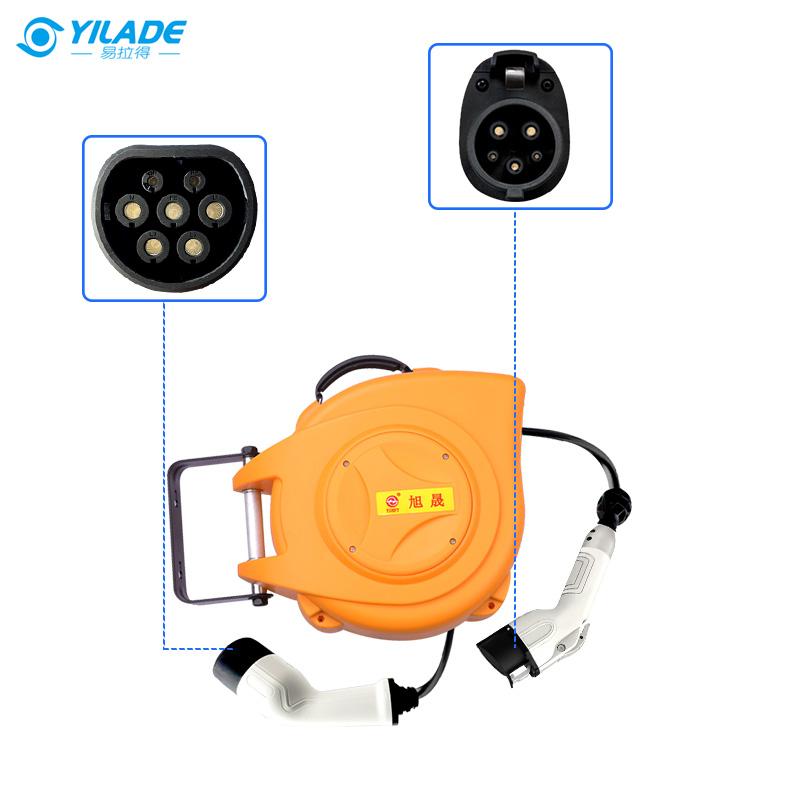The Future of Electric Vehicles: Charging at Home
Can EV charger stations be installed at home? As electric vehicles (EVs) gain popularity, more and more homeowners are considering this option. Installing an EV charger at home provides convenience and flexibility, allowing EV owners to charge their vehicles overnight or whenever it is most convenient for them. In this comprehensive guide, we will explore the different aspects of installing EV charger stations at home, including the benefits, installation process, cost considerations, safety precautions, and future trends.

1. Benefits of Installing EV Charger Stations at Home
Installing an EV charger station at home offers numerous benefits:
- Convenience: With a home EV charger, you can charge your vehicle overnight or at a time that suits your schedule, without having to visit public charging stations.
- Cost Savings: Charging at home typically costs less than using public charging stations, and you can take advantage of lower electricity rates during off-peak hours.
- Efficiency: Home charging allows for slower, more efficient charging, which is better for your EV's battery life compared to fast charging stations.
- Increased Resale Value: Homes with EV chargers are becoming increasingly valuable, as more potential buyers consider the benefits of owning an electric vehicle.
2. Installation Process for Home EV Charger Stations
Installing an EV charger at home typically involves the following steps:
- Assessing Power Capacity: Determine if your home's electrical system has sufficient capacity to support an EV charger. This may require a consultation with a licensed electrician.
- Selecting the Charger Type: Choose between a Level 1 charger (standard 120V outlet) or a Level 2 charger (240V outlet), depending on your requirements and budget.
- Obtaining Permits: Check local regulations and obtain any necessary permits for charger installation.
- Hiring a Professional: Engage a qualified electrician to install the EV charger, ensuring the work is done safely and in compliance with all codes and standards.
- Post-Installation Testing: Once installed, have the charger tested to ensure it is functioning properly and safely.
3. Cost Considerations
The cost of installing an EV charger at home depends on various factors:
- Charger Type: Level 1 chargers are less expensive but offer slower charging speeds, while Level 2 chargers are faster but typically cost more.
- Electrical System Upgrades: If your home's electrical system needs to be upgraded to accommodate the charger, it can add to the installation cost.
- Permitting and Inspection Fees: Local permit fees and electrical inspections can also contribute to the overall cost.
4. Safety Precautions
When installing an EV charger at home, it is essential to prioritize safety:
- Hiring a Professional: Always hire a qualified electrician to handle the installation, as they have the expertise to ensure proper wiring and grounding.
- Compliance with Codes: Ensure that the EV charger installation meets all local electrical codes and safety standards.
- Regular Maintenance: Schedule regular inspections and maintenance to identify and address any potential safety issues promptly.
5. Future Trends and Innovations
The future of EV charger stations at home looks promising, with exciting trends and innovations on the horizon:
- Renewable Energy Integration: Home EV chargers can be integrated with solar panels or other renewable energy sources, reducing reliance on the grid.
- Smart Charging Solutions: Technology advancements will enable EV chargers to communicate with utility companies, optimizing charging schedules and minimizing costs.
- Wireless Charging: Researchers are developing wireless EV charging technology, eliminating the need for physical charging cables and simplifying the charging process.

Conclusion
Installing EV charger stations at home offers a convenient and cost-effective charging solution for EV owners. With careful planning, professional installation, and adherence to safety guidelines, homeowners can embrace the future of electric mobility. As technology continues to advance, we can expect exciting innovations that further enhance the experience of charging EVs at home.
